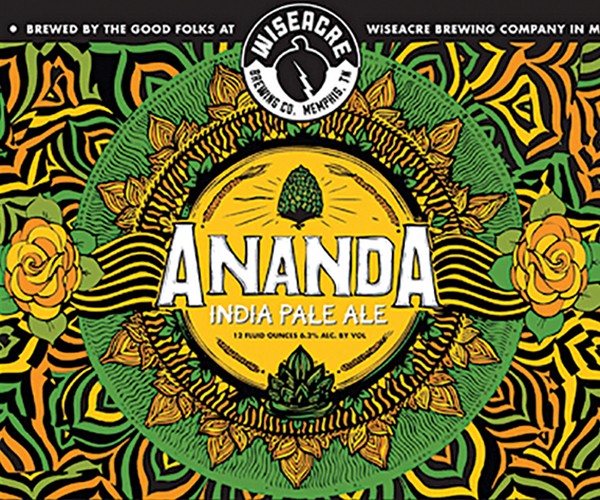Every September, when most people begin ordering pumpkin spice everything, I go full-tilt for Indian flavors. Crisp, cool mornings make me yearn for butter chicken, coconut stew with garam masala, vegetable curries, and kormas.
Thanks to the intrepid recipe writers at The New York Times, I’ve discovered that Indian cooking is not unlike Creole or Cajun cuisine: start with a trinity of garlic, onion, and peppers, then add protein, vegetables, liquids, and layers of spices.
I know my variations on traditional Indian food are lacking authenticity, but they taste delicious. And regardless of origination, the heady, complex tastes that result in the pot are deserving of thoughtful beer or wine accompaniments.
Beer-wise, my favorite for Indian food is, not surprisingly, a good IPA. India Pale Ale got its name from British brewers who made their product for export to India. So-called “India Ale” made its debut in Madras and Calcutta in 1827; within 15 years, the hoppy, high-gravity beer which was specially formulated to survive the overseas journey, became equally popular on its home turf. I prefer Wiseacre’s Ananda, brewed less than two miles from my front door.

When pairing wine with Indian cuisine, listen to the experts: Everyone from the editors at Food & Wine to the sommeliers at Wine Folly recommends that you counterbalance the spiciness of the food with slightly sweet wine that’s served cold. Rosés go exceptionally well with vindaloos, and the acidity of Reislings perfectly set off the flavors of curries. Just stay away from anything oaky. Many spices that are essential components of Indian food, it turns out, contain tannins. Cloves, tarragon, cumin, and cinnamon all contain the astringent biomolecule, which makes high-tannic wines — especially reds — a poor choice for pairing. Always go crisp and zippy, and avoid dry wines.
Indian flavors also carry over to cocktails. It’s easy to doctor up a homemade lassi, the Punjab region’s frothy, yogurt-based drink. Bon Appetit has a recipe for a frozen rum-mango lassi that’s as simple as making a margarita. Just combine 1 ¼ cup fresh or frozen mango slices, ½ cup of gold rum, ¼ cups each of fresh lemon juice and honey, 2 tablespoons of plain Greek yogurt, a pinch of kosher salt, and ½ teaspoon of ancho chili powder. Pulse in a blender, add 4 cups of ice, and puree until smooth. I frequently make a slight variation, using peaches instead of mango and adding ½ teaspoons each of almond extract, cinnamon, and nutmeg.
Tamarind, a shrub that produces an acidic, pod-like fruit that’s popular in Indian food, makes a great cocktail base. You might have to work a little to locate tamarind juice (I recommend checking the Asian or Mexican aisle of the grocery store, shopping at an international market, or ordering from Amazon), but filling a highball glass with ice, 1 ½ parts each vodka and tamarind juice, and 3 parts lemon-lime soda couldn’t be easier.
Turmeric, ginger’s brilliantly colored and more pungent cousin, is a key ingredient for making curries. It also amps up a drink. On Liquor.com, I found a delicious cocktail called the Lunar Eclipse. The drink takes 24 hours to prepare, because you must infuse vodka with a stick of chopped turmeric overnight. Once you’ve strained the infusion, combine 2 ounces of vodka with 1 ounce carrot juice, ¾ ounces of both honey and lemon juice, and 2 dashes of Angostura bitters. Shake in an ice-filled shaker, strain into a rocks glass over ice, and garnish with a celery stick.
Don’t have time for that? Try a turmeric gin and ginger. Add 4 ounces gin, ½ teaspoon ground turmeric, and the juice of ½ lime to a cocktail shaker with ice. Shake and strain into highball glasses filled with ice, then top with an equal amount of ginger beer. Drink, and repeat.